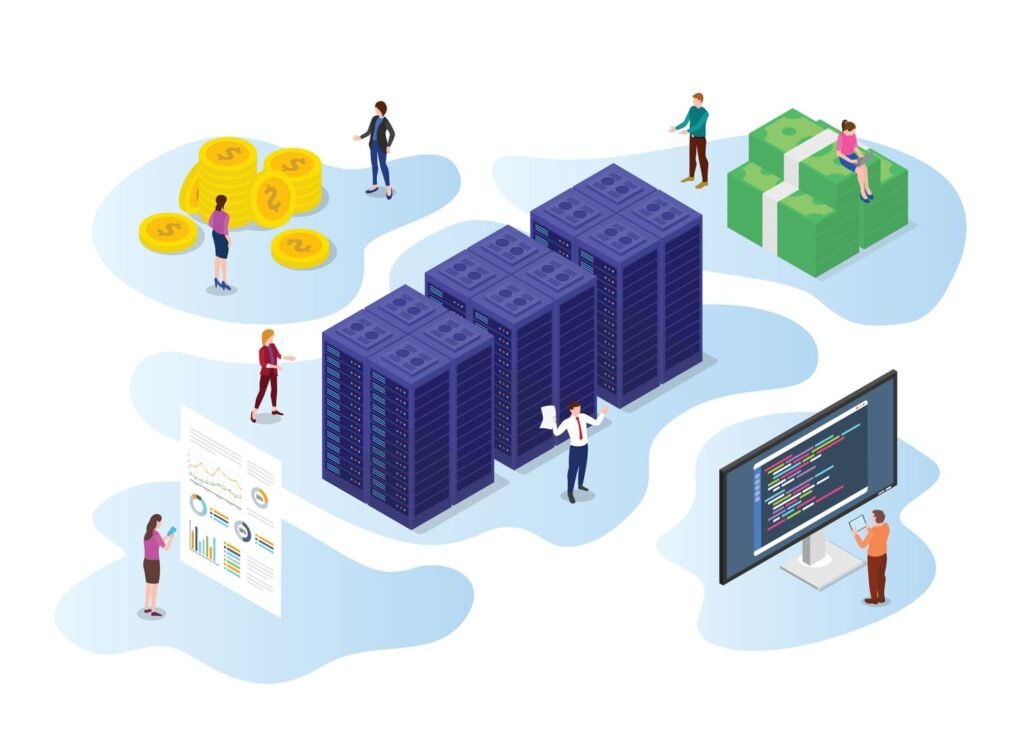When you think of building a strong brand, your mind might immediately go to visual identity, tone of voice, or advertising.
But in today’s digital-first world, one of the most overlooked—and yet most powerful—brand builders is infrastructure. Specifically, fintech infrastructure.
From smooth sign-ups to painless payments and seamless recurring billing, the systems running beneath your product experience are doing the heavy lifting when it comes to user satisfaction, trust, and loyalty.
Welcome to the world of invisible brand builders.
Why the Customer Journey is More Than Just UI
Many brands obsess over pixel-perfect designs and catchy slogans, but fail to consider the functional journey a customer takes. What happens when they:
- Try to sign up but get stuck verifying their identity?
- Want to subscribe but can’t authorize a payment method?
- Need to change payment dates or billing preferences?
Each of these moments can make or break trust—yet they rarely show up on traditional brand scorecards.
In fintech-heavy products, these moments are especially critical. Users don’t just want a product that looks good—they want one that “just works.” The branding happens when:
- A payment succeeds in a single click
- An onboarding journey takes 2 minutes instead of 20
- A mandate is created automatically with a tap
- A loan application doesn’t feel like filing a tax return
All of this is made possible by robust, modern infrastructure.
What Is Fintech Infrastructure, Really?
At its core, fintech infrastructure refers to plug-and-play APIs and platforms that help businesses embed complex financial services like:
- Digital KYC and identity verification
- Bank account aggregation and linking
- Auto-debit setup via eNACH or UPI AutoPay
- Payout orchestration
- Fraud detection and risk scoring
- Loan disbursement and repayment tracking
Companies like Decentro help abstract these layers into developer-friendly tools, allowing brands to build scalable financial experiences without worrying about compliance or backend logic.
The result? Businesses can focus on designing frictionless customer journeys—not managing regulatory or infrastructure headaches.
The Invisible Infrastructure Moments That Impact Branding
Here are a few high-impact, low-visibility areas where fintech infrastructure shapes how customers perceive your brand:
1. Seamless Onboarding with Smart KYC
A user’s first touchpoint isn’t your website—it’s your signup process. If your KYC takes too long, needs a physical document, or fails on weak connections, you’re losing trust.
Modern KYC APIs offer features like:
- Face match and liveness detection
- Aadhaar XML or DigiLocker integration
- PAN, GSTIN, or Voter ID checks
- Video KYC flows
These enable instant onboarding while staying compliant. To a user, this feels like magic. But behind the scenes, it’s the infrastructure doing the work.
2. Real-Time Payments That Just Work
Payment failures are brand killers. Especially in a world where every click matters.
Infrastructure platforms help businesses build real-time and robust payment systems that support:
- UPI and UPI AutoPay
- IMPS, NEFT, RTGS
- Bank account verification and linking
When payments succeed the first time—and users don’t even notice—it’s your brand that wins.
3. Recurring Billing That’s Effortless
Think about your favorite subscription apps. What makes you stay?
It’s not just content or features. It’s the frictionless billing experience where money is debited smoothly, invoices are shared transparently, and users can pause, resume, or update payment details in a click.
Platforms like Decentro help fintech and non-fintech brands alike enable Recurring Payments without writing complex backend logic.
4. Proactive Fraud Detection
Getting flagged wrongly—or worse, getting scammed—is a surefire way to lose a customer’s trust.
Today’s fintech infrastructure can help:
- Identify suspicious transaction patterns
- Block high-risk users in real time
- Offer dynamic user scoring and flagging
All this happens under the hood—but the end result is a brand that users feel safe with.
Fintech Infrastructure Is Brand Infrastructure
Let’s break the myth: infrastructure is not just an IT concern.
When your brand promises speed, security, and convenience, you need systems that can actually deliver on that promise.
Imagine these journeys:
- A user signs up and completes KYC in under 2 minutes.
- They subscribe and payments get auto-debited each month without hiccups.
- They receive reminders, payment receipts, and helpful nudges—automatically.
- They want to pause a mandate—and can do so in one click.
None of these experiences are possible without thoughtful backend design. The APIs, workflows, and rails powering these actions are brand extensions—even if they’re invisible.
Embedded Finance: A Branding Opportunity in Disguise
The rise of embedded finance is pushing more non-fintech brands—D2C, eCommerce, SaaS—into offering financial experiences:
- Buy-now-pay-later (BNPL)
- Subscription billing
- Wallet and cashback systems
- Microcredit for users
Every embedded experience is a chance to reinforce brand values: trust, reliability, user-centricity. But these also come with regulatory, risk, and infrastructure complexity.
Which is why many brands choose to build on top of infrastructure providers who have already solved the compliance, integrations, and data security challenges.
This way, your brand benefits from the invisible trust layer fintech infra provides.
The Branding Payoff: What You Gain
Investing in modern fintech infrastructure yields tangible branding ROI:
Higher Conversion Rates
Frictionless onboarding = less drop-off = more paying customers.
Better Retention
When recurring experiences (like payments or mandate updates) are seamless, users stick longer.
Fewer Support Tickets
When infrastructure works silently, users don’t need to reach out.
More Referrals
People don’t just recommend good-looking apps—they recommend ones that “just work.”
Brand Safety
Compliance with financial regulations isn’t just a legal concern—it protects your brand’s reputation too.
Final Thoughts
Brands today are built on more than just visuals and voice—they’re built on reliability, trust, and experience.
And in the world of fintech and digital transactions, these traits are powered by invisible layers of infrastructure that users never see—but always feel.
So if you’re building a brand that values trust, speed, and scale, don’t overlook your infrastructure stack. Because every smooth journey, every successful payment, and every seamless signup is a branding win.
